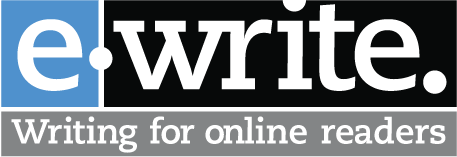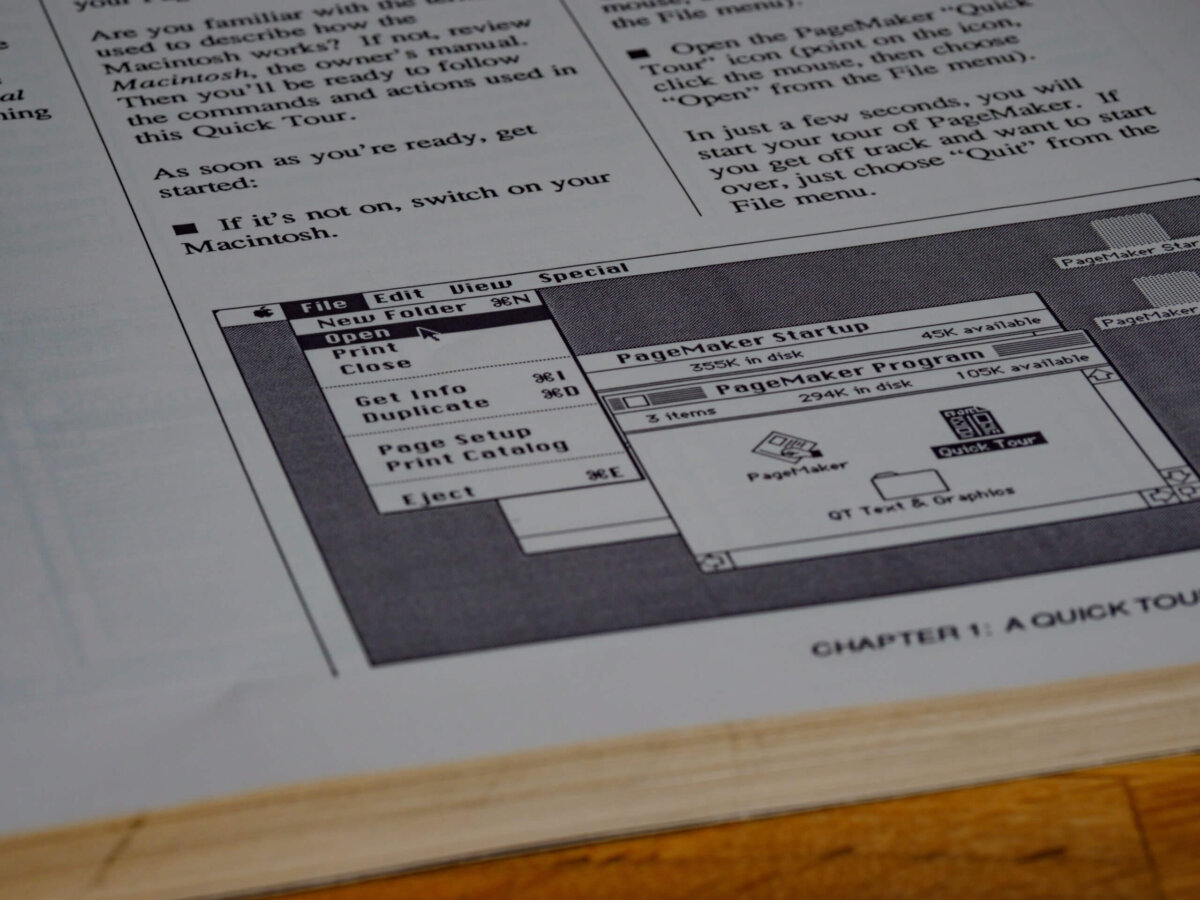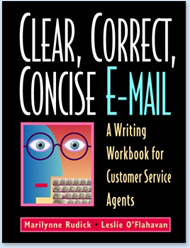 This guest post is by Paula Tarnapol Whitacre, principal of Full Circle Communications, a writing and editing firm based in Alexandria, VA.E
This guest post is by Paula Tarnapol Whitacre, principal of Full Circle Communications, a writing and editing firm based in Alexandria, VA.E
Effective E-Mails, from Subject Line to Signature
E-mails are so much a part of our daily communication that we often dash them off without much thought.
A little forethought can yield better results–whether you need to request action from the receiver, provide information, or ask a question.
For current thoughts about best practices for business e-mails, I talked with Leslie O’Flavahan, principal of E-WRITE. Among its services, the firm trains managers, call center staff, and many others in effective online writing. (See below for a small sampling of her blog posts, articles, and other writing on these topics.)
What is effective? As O’Flahavan defines it, “an effective e-mail accomplishes what the writer intended.” From the top to the bottom of a typical e-mail, here are a few things she pointed out to me.
Subject Line
Start the subject line of the e-mail with a “cue” about what the recipient is expected to do. “A noun is usually the first word,” O’Flavahan said. Examples:
Subject: Request for July sales figures by August 16
Subject: Question about conference lodging
Subject: Update about new leave policy
versus
Subject: Please read
Subject: Great news!
“Don’t withhold essential information to provoke the reader to open the e-mail, especially since so many people are reading e-mails on mobile devices,” she recommended.
An additional consideration: The first 26 characters of the subject line are the most prominent. Some e-mail programs cut off the subject line at that point.
Opening
The opening of the e-mail sets the tone. This introductory section should not be long, but a sentence or two can establish rapport.
Hope you had a great holiday.
Thanks for letting me know your opinion about the new policy.
Whether you use the recipient’s first name or honorific will depend on the situation. When in doubt, go more formal, rather than less.
Body
The next part of the e-mail provides the meat of the communication.
Make the main point first, and then elaborate if you need to. “This buys you the opportunity to write longer for those who want to know more,” O’Flahavan said. “But you have already made the essence clear.”
If there are details or an attachment, cue the reader:
Details are below.
The attachment describes the policy in fuller detail.
People reading the e-mail on a mobile device can determine if they need to re-read it later or download the attachment.
Proofing is, of course, essential. But as O’Flahavan noted, “There is a hierarchy of errors.” Ideally, everything is correct, but transposing the letters in the word “with” is far less serious than transposing the numbers in a key due date.
O’Flahavan is a big proponent of re-using bits of content, if appropriate, rather than re-writing the same information on multiple occasions. Copying and pasting well-proofed chunks of content saves time and minimizes the chance for errors if you have the same information to tell many people but still need to customize the e-mail for each recipient.
Call to Action
According to O’Flavahan, a quality subject line improves your chance of getting the response you intend. Beyond the writing, she also noted that your reputation affects your chance of a timely response, especially in an office situation. Do you respond efficiently? What goes around, comes around.
Closing
Now that you have dealt with business, the closing allows you to re-establish more personal rapport with the recipient. She suggests several options:
Looking forward to… (and then repeat the main point of the e-mail)
Thank you for…
Please contact me if you… (have questions, want to schedule a follow-up, etc.)
Sincerely, All the Best, Warm Regards… (while any of these phrases before your name has its place, she notes that the phrase should match the tone of the rest of the e-mail.)
Signature Lines
Back in the ’00s, we were told to pack our signature lines with marketing information (for example, the dates of the next conference or a pithy quote, in addition to contact information). But they become ponderous when you are exchanging e-mails back and forth with the same person, and they may be less effective as readers gloss over them in a hurry.
An easy work-around is to have different signature lines–a full one for new recipients down the barebones of your name and phone number for more frequent correspondents.
Don’t go too short. A few months ago, a client told me she had to go through a whole series of e-mails before she found my phone number. (My signature line to her had been reduced to just my first name.) Good point. I now include at least my phone number in the signature line of business e-mails I send.
Thanks for the guest post, Paula and Full Circle Communications!
If you’d like to reach Paula Tarnapol Whitacre directly, contact her at ptw@fullcircle.org or follow @ptwhitacre.
If you’d like to write a guest post for the Writing Matters blog, contact me at Leslie@ewriteonline.com.
Tags: E-mail, Subject line, Tone






Aloha,
Aloha,
Thank you for your interesting article.
The article you wrote emphasizes what I have learn in college in my ENG 209.
I think an article about Effective E-Mails, from Subject Line to Signature is very good, so informative. Nice work Leslie!